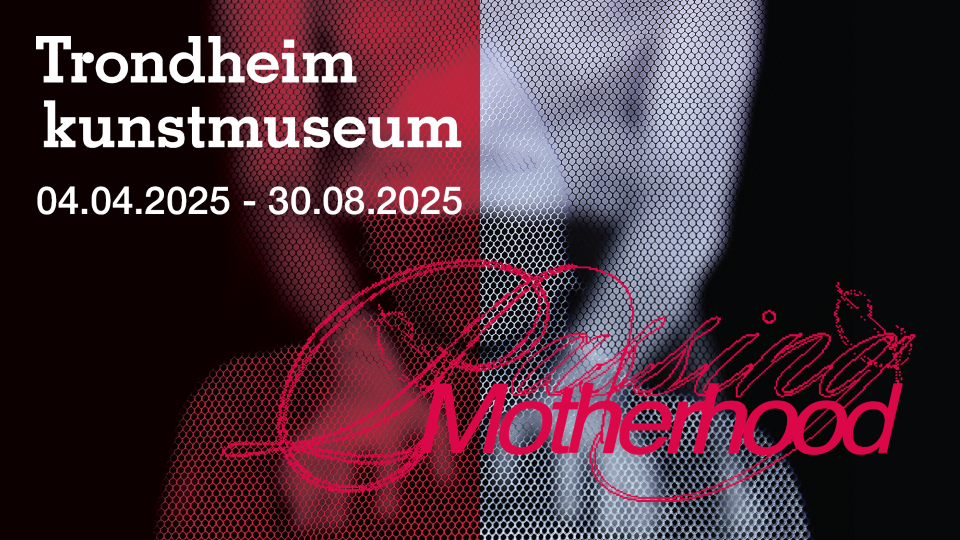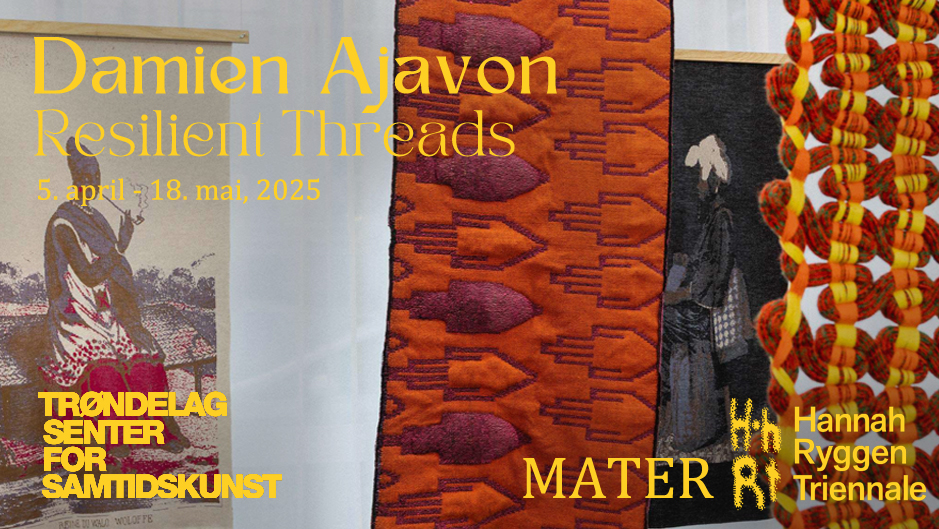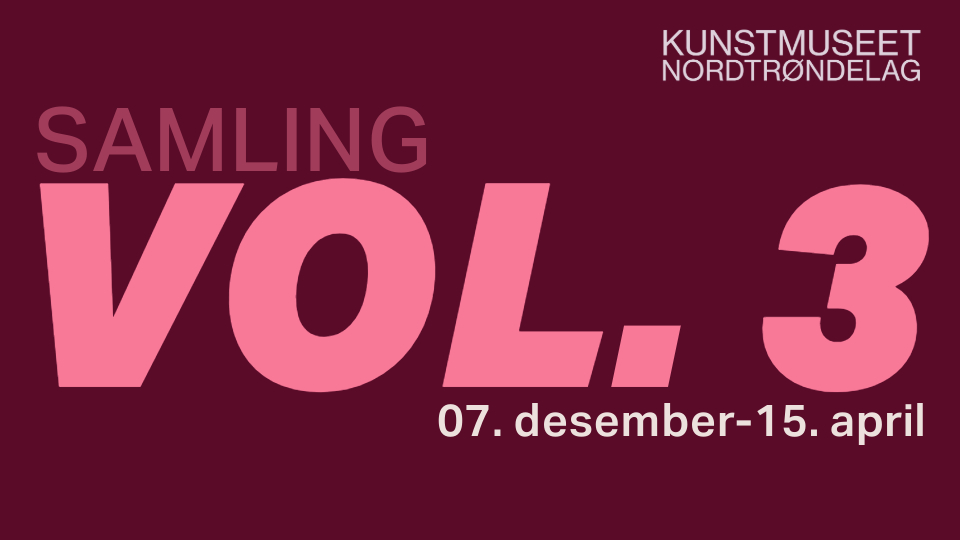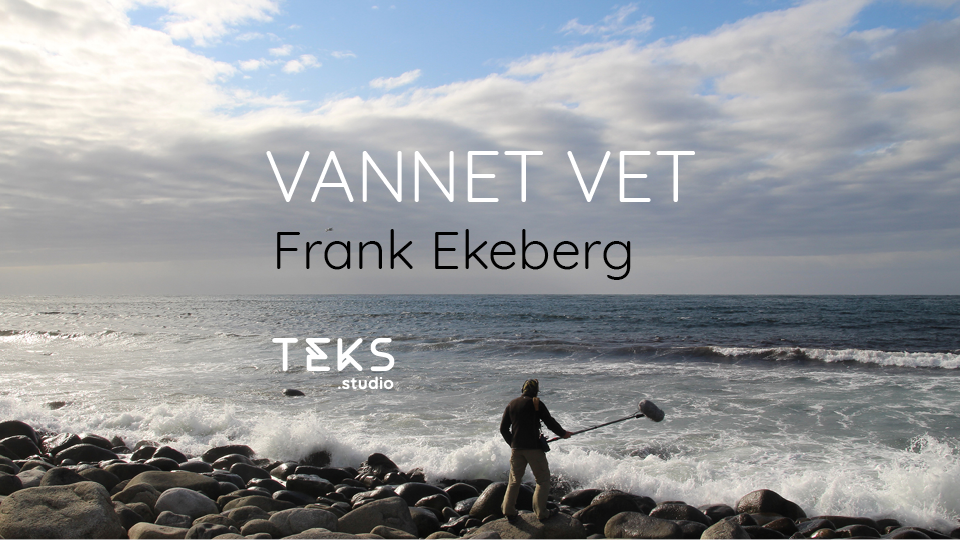Things made of plastic or The end

Kunstdialoger, Opinion, Katya Sander 29.09.2013
I was invited to develop a project in Istanbul and was there on a site-visit, standing on the top-floor of an old bank building overlooking the Bosphorus street. While the curator and I talked about spaces and possibilities, I was watching the enormous container ships passing by in the background, slow enough to appear motionless in the yellow ocean glitter of that heavy afternoon. There were many ships, more than a handful, but I tried to single one out, any one. I wanted to observe something concrete, something specific, something I could potentially touch with my own hands. The many ships on their routes from continent to continent, the banking systems and ways of channelling money, global financing, the impressive, symbolic buildings… It very quickly becomes so abstract that it feels impossible to know something concrete about it. Know as in tacit knowledge, my own experience; something I can also know with my body.
I am a visual artist, abstraction is my trade and I handle it well. I also know about different strategies for producing abstraction: I recognize very clearly when it is used in order to be superior, to show power, but not to show what power knows. Abstraction can be used for convoluting knowledge, making it inaccessible for those who are not already part of its coding system – or, when used differently, making the ground it stands on unstable. In this case, watching the ships loaded with global goods while standing on that bank, it all seemed like abstract systems impossible to interact with concretely, other than through specific pre-conceived ways: go to the bank, ask for the credit to buy your home, then go to the supermarket and buy the stuff you need to make your home function. Those are the interfaces I have myself in my everyday life, with my own body. Everything else I know about these systems I know from newspapers, books, talks and discussions with friends. I know they are systems of abstraction, often to an extent where texts on paper and screens represent texts on other papers and screens, that represent text on still more papers and screens etc., and not a single trace of the original goods behind them is visible to those who trade. Not the construction material, the corn harvest, the gold nor the fresh pig carcasses are mentioned on the paper that pushes them around the globe.
Yet there they are, on the sea, physically gliding by, passing me as we speak, packaged, organised, systematised, serialised in grids of containers covering the ships. Of course not one of the ships or any of those containers reveal anything about their contents. They are as closed and inaccessible as the white marble cooling the inside of the old bank, and its view from the top floors, from one continent to another.
I imagine the  sheer volume inside a ship like this. Like a gigantic building, an entire city at sea, sliding past the shores of Istanbul on its way to some other continent. And it’s not even the largest I can see, not by far. How much STUFF can such a vessel carry and slowly push through one ocean after the other? What would that volume look like as one big space? Like a warehouse? An airport? A football-stadium? I imagine all the THINGS in this volume, stacked, packed, fitted as precisely as possible into the squares of the many containers on board. How many? I count 3, even 6 layers of containers on some ships. And that’s only the visible part above deck. 13 rows, each row 3 or 4, up to 10 containers wide. From a minimum of 100 containers on one ship, up to more than 700 on others. I have seen pictures of houses made of old shipping containers; a one-family house built from 1, 2 or 3 of them, and I imagine the masses of THINGS inside these metal frames, the quantities of objects. I wonder how much furniture? How much dish washing liquid? How many wide-screens, iPads, jeans, shoes, breakfast cereals? The STUFF inside doesn’t show at all when being transported, as if it doesn’t matter or even as if it doesn’t exist, not yet, not to us, standing on the shore, watching those ships as if they had absolutely nothing to do with our world. And in a way, they don’t, not in the way we meet them: Us, the end consumers.
sheer volume inside a ship like this. Like a gigantic building, an entire city at sea, sliding past the shores of Istanbul on its way to some other continent. And it’s not even the largest I can see, not by far. How much STUFF can such a vessel carry and slowly push through one ocean after the other? What would that volume look like as one big space? Like a warehouse? An airport? A football-stadium? I imagine all the THINGS in this volume, stacked, packed, fitted as precisely as possible into the squares of the many containers on board. How many? I count 3, even 6 layers of containers on some ships. And that’s only the visible part above deck. 13 rows, each row 3 or 4, up to 10 containers wide. From a minimum of 100 containers on one ship, up to more than 700 on others. I have seen pictures of houses made of old shipping containers; a one-family house built from 1, 2 or 3 of them, and I imagine the masses of THINGS inside these metal frames, the quantities of objects. I wonder how much furniture? How much dish washing liquid? How many wide-screens, iPads, jeans, shoes, breakfast cereals? The STUFF inside doesn’t show at all when being transported, as if it doesn’t matter or even as if it doesn’t exist, not yet, not to us, standing on the shore, watching those ships as if they had absolutely nothing to do with our world. And in a way, they don’t, not in the way we meet them: Us, the end consumers.
I taste the words: End consumer. The person at the very end, the one the object is destined to land with, to be touched by, held, used, grabbed, emptied, thrown away. The end consumer does not buy it in order to produce some other commodity (as raw material), and does not sell it on (wholesale or retail). The end consumer is just that person with an everyday life and everyday needs and an everyday body of some sort, buying stuff, one thing at a time, eating, washing, sleeping, shitting, using things, emptying out the insides of milk-cartons and tubes of deodorant, hand-lotion, olive oil, potato chips, coloured pencils, soap-dispensers, shoe-polish, canned corn, cough-syrup, tea bags, birthday candles, toilet paper. I think of the things that travel through my home, that I have brought back from shops to use, eat, drink, smear or squeeze, then throw the packaging away; the stuff that ends its existence in my home. Most of it I get from the local supermarket. I walk through aisles, take it down from shelves, often fast, often almost automatically because I know what I always buy, what I need, how it is organized in this space, the logic with which I find it and where it has to be both there and at home ready for use. Picking these things is almost a habit that lives in my body. I walk through the aisles, push the cart to the cashier, pay, carry the plastic bags, unpack them, place objects in drawers, on shelves, on tables, in cupboards, in the fridge or the freezer from where it is more or less frequently taken, touched, shaken, squeezed, screwed, opened, poured from, dug into, closed, put back.
The patterns of these  movements along with the shapes of those objects in relation to the slow, steady drift over oceans, packed in enormous numbers. Also the patterns in which they must be lying there in dark, stuffed containers, as far away from existence as possible. The truck-drives, the early-morning loading and unloading at the backside of the supermarket, the tearing of the vacuum packed wrapping, the pushing around and then placing of each item on shelves in supermarkets, which is where I arrive and take them away again.
movements along with the shapes of those objects in relation to the slow, steady drift over oceans, packed in enormous numbers. Also the patterns in which they must be lying there in dark, stuffed containers, as far away from existence as possible. The truck-drives, the early-morning loading and unloading at the backside of the supermarket, the tearing of the vacuum packed wrapping, the pushing around and then placing of each item on shelves in supermarkets, which is where I arrive and take them away again.
There is a way in which these objects shape my body: the inside of my hands when they close around the bottle of shampoo, the way I shift my weight from one foot to another when pouring the juice from its carton, or twist my fingers hard to snap the child-lock on the vitamin pill bottle; my body shapes itself according to how I use them. I interact not only as an abstract unit, a consumer who can be measured, counted, registered and pre-calculated via algorithms, but also – quite simply – as a body. I touch and I take shape.
Interestingly, a lot of the stuff that is USED in my home actually doesn’t have a shape: or rather it comes in the shape of the package, not only its colour, name or brand, but also the shape I make when I close my hands around it, lift it up, tilt it, roll it, shake it, pour it, put it down and finally, when it is finished, crumple and throw away. There is a lot of STUFF that I only think of as the shape of its packaging: I know what shape my deodorant has, what shape my cereal has, the shape of the toilet cleaner container, the length and wings of the hygiene-pads in their discrete boxes, the weight and roundness of the mineral water, the oversized lid and the moulded handle of the fabric softener. I never think of these things as that which is inside. The white thick fluid, the pile of popped grains, the handfuls of yellow-white hard-smelling liquid, the sticky fluid, the whitened cotton and layered paper with glue or the bubbles in months-old water. When I think of this STUFF in my home, ready to be used, or perhaps half-used already, I think of it as the OBJECTS I buy, as the shape of their packaging, the myriad of moulded plastic curves, edges, grooves, lids, handles and surfaces.
I imagine how the containers from the ships arrive at their destinations, the rusty metal, the cranes that unload them at the quay, how they are opened or put directly onto trains or trucks, delivering pallets of plastic-wrapped piles in numbered systems to wholesale or discount chains and supermarkets all over the world. In the early hours, before opening, small trucks, big trucks, fork lift trucks and sack trolleys. The products are wheeled out, unwrapped, placed on deep shelves in perfect lines repeating themselves again and again. A shelf in a supermarket can never look empty. It should always look like there is plenty more where that came from; the rows are endless. There should be no end to the THINGS you can buy there, never anything ‘sold out’. Time does not exist in this space, at least not in principle.
I choose the STUFF I need and place it into my cart, wheel it to the cashier, I pay, I pack, I carry it all home, place it on the table, unpack, take every single OBJECT with every single SHAPE out and put it where it BELONGS. The home is equipped, I take a break; we are maintained, taken care of for now.
This is where time begins for that THING, where the object – at least to the END CONSUMER – becomes itself and begins to exist as such, somewhere between my picking it from the shelf and it standing in my home ready to be used. Or at least that is how I should understand this thing, I, the end consumer. Perhaps it is in fact the end I am consuming? Here in my home, the THING is no longer part of the ongoing flow of GOODS. It is not an abstraction, not an option to buy or a sign for itself. For now, in my home, it is just THAT bottle of ketchup, it is there, in the fridge, we will eat it, and it will end.
I imagine my home as a filtering mechanism that incessantly squeezes and shakes and rolls and wrings puddles and piles and traces and lumps out of these THINGS, leaving all the empty, hollow plastic SHAPES in bags of trash to be carried out and taken away.
I am looking at the ships out there, the fields of containers in front of the bridge with a radar on top, the deep slow underwater hum of their enormous engines, pushing them forward like eternal mountains. The THINGS inside only exist as numbers, columns, computed data, shipping-information, trade-agreements, derivatives and other contracts, nothing else. They are not supposed to be ‘here’ yet, actualized, not yet, they haven’t even reached the shore, let alone the supermarket shelves, which is where they meet me for the first time, when time begins. I try to look at a ship and imagine one single shampoo bottle inside it, one single t-shirt or can of baby-milk powder. I can’t, not even when staring hard and long at the ship; I have to let go, turn back to look at myself, down at the t-shirt hanging from my shoulders, my legs, my feet and toes with bad nail polish in my sandals. I think of the shampoo-bottle in my shower (half empty and smelling chemically of coconut), and the can of baby-milk powder in my neighbour’s kitchen window. I can only really understand these objects as singular in the context I know them. I simply cannot really imagine them out there, passing me on the horizon, folded in their thousands, stacked, wrapped, covered in the hum from the motor, trading logistics and darkness.
There is a certain state of mind or feeling that hits me when I try to understand the amounts of STUFF moving across oceans like that, hundreds, thousands of enormous floating THINGS. Perhaps «understand» is not the right word, not yet; perhaps I need a question. And even before that, an investigation to help me find the right question.
I decide to begin from my end, from where I can enter from: the supermarket, the touch, the shapes, the multitude that become singular when finally taken home to their destination; I am that destination. I hold up the deodorant and look at it, then the soap dispenser and the tube of toothpaste. Their shapes are not at all optimized according to their production or the journey they undertake. Rather their shapes are clearly only designed for one purpose: me. They are designed to speak to me, to address me, to touch me, to hit my spot. They constitute a language, and it is one that I know. For many of those things, it is even a global language. I am pretty sure I can find exactly this instant coffee and this chlorine cleaner in many other countries. I will know them immediately when I see them and recognize their shapes, even if the name on the label is in a different language. It is a language of shapes, and I know this language, I was born into it, it is my mother tongue so to speak. Only, it is not a language that I use or ever express myself through. It is one that addresses me constantly but never one that I can use. And as with all languages, it bears with it its contingencies, ways of circulation, reasons to exist. It also shapes me.
In Shakespeare’s The Tempest, Caliban – the once-prince of an island with no name and no language, is turned into slave by the islands conqueror and new ruler, Prospero (”he who knows how to profit”). Caliban has no language and is understood to be a wild man, a beast. Prospero teaches him how to speak and turns him into a civilized man, or at least tries. Throughout the play, Caliban constantly invents new swearwords. At one point he says:
”You taught me language; and my profit on’t Is, I know how to curse. The red plague rid you For learning me your language!”
Is Caliban suggesting that being subjected to a certain language does not mean that one cannot use it as a means of resistance? That the forms of oppression can be vandalized and infiltrated, and used against it’s own ruler? Or is he saying that now that he speaks, all he can do to resist is curse, and even that is in the very language he was forced to learn?
I look at all these OBJECTS with all their SHAPES, so abstract in their multitude, so concrete and well-known in my home, around my body. How do I begin to learn about the language they teach me, but from a different angle?
Once the body has learnt something, is very hard to un-learn that thing, especially if that something surrounds you in your everyday routines. I am no romantic, I do not believe in trying to avoid something that is so present in my life. I am not going to try to delete the memory of that thing, the knowledge, the fragments, the feelings and desires that come with it. Instead, I believe the only way out is in. I want to investigate this language of objects around me, I want to study the grammar, the syntax and relationships. I want to hold and touch and learn as much as possible, and I want to make it visible for the next person to hold and touch; that this object is undergoing a process: it is being acquired, taken ownership of, learned, seen and used. But perhaps in a slightly different way than that for which it was intended.
Katya Sander (b. 1970) lives and works in Copenhagen and Berlin. Her work is about production and circulation of social imaginaries, i.e. ways in which we imagine ourselves and what we do to sustain (or escape) these. Sander asks questions of adress, desire and language in relation to context such as architecture, public space, speech, view, landscape, cinema, abstraction and power. Sander is one of the artists participating in Lademoen Art Dialogues with the work Calibian. The exhibition runs until October 13 th at Babel and Lademoen.




